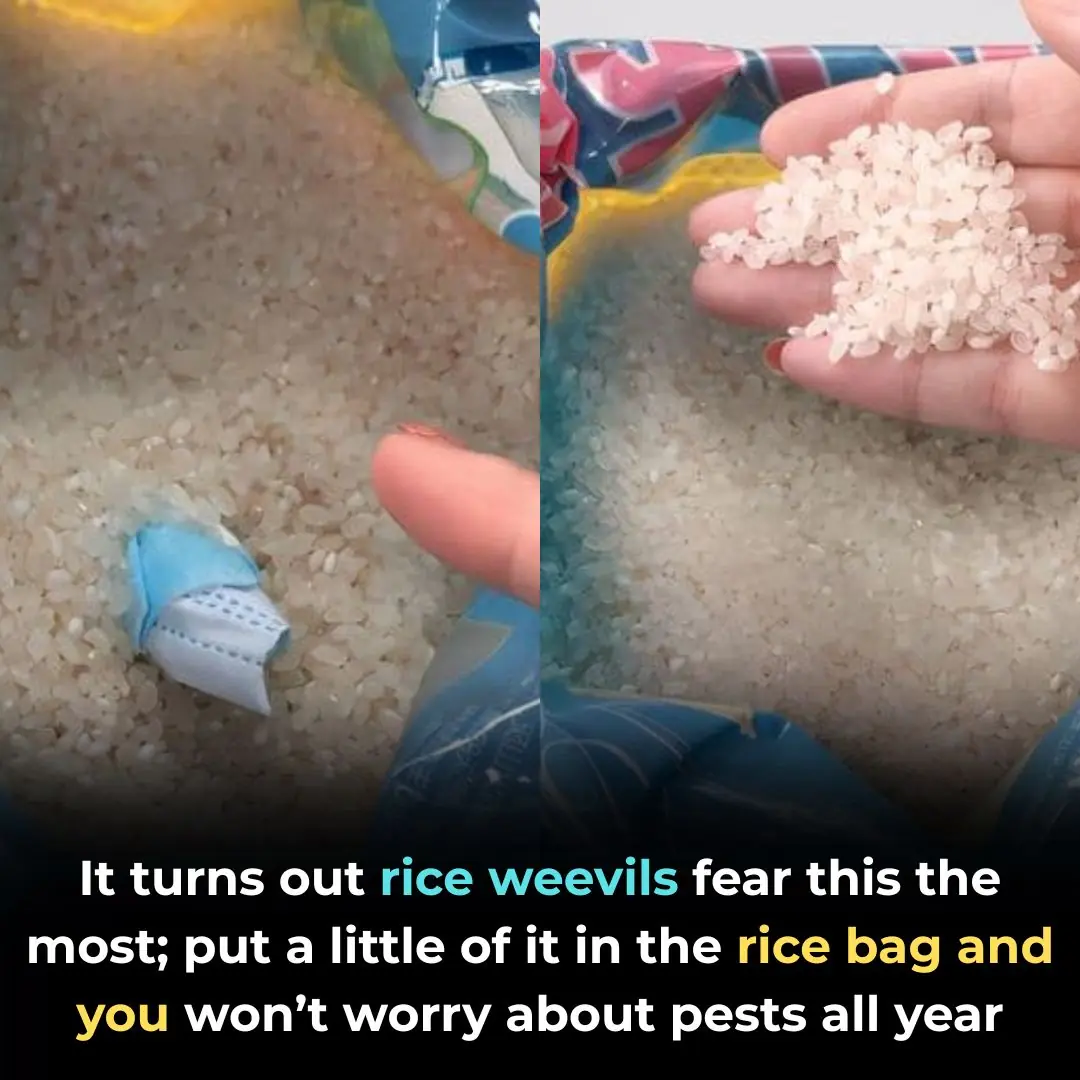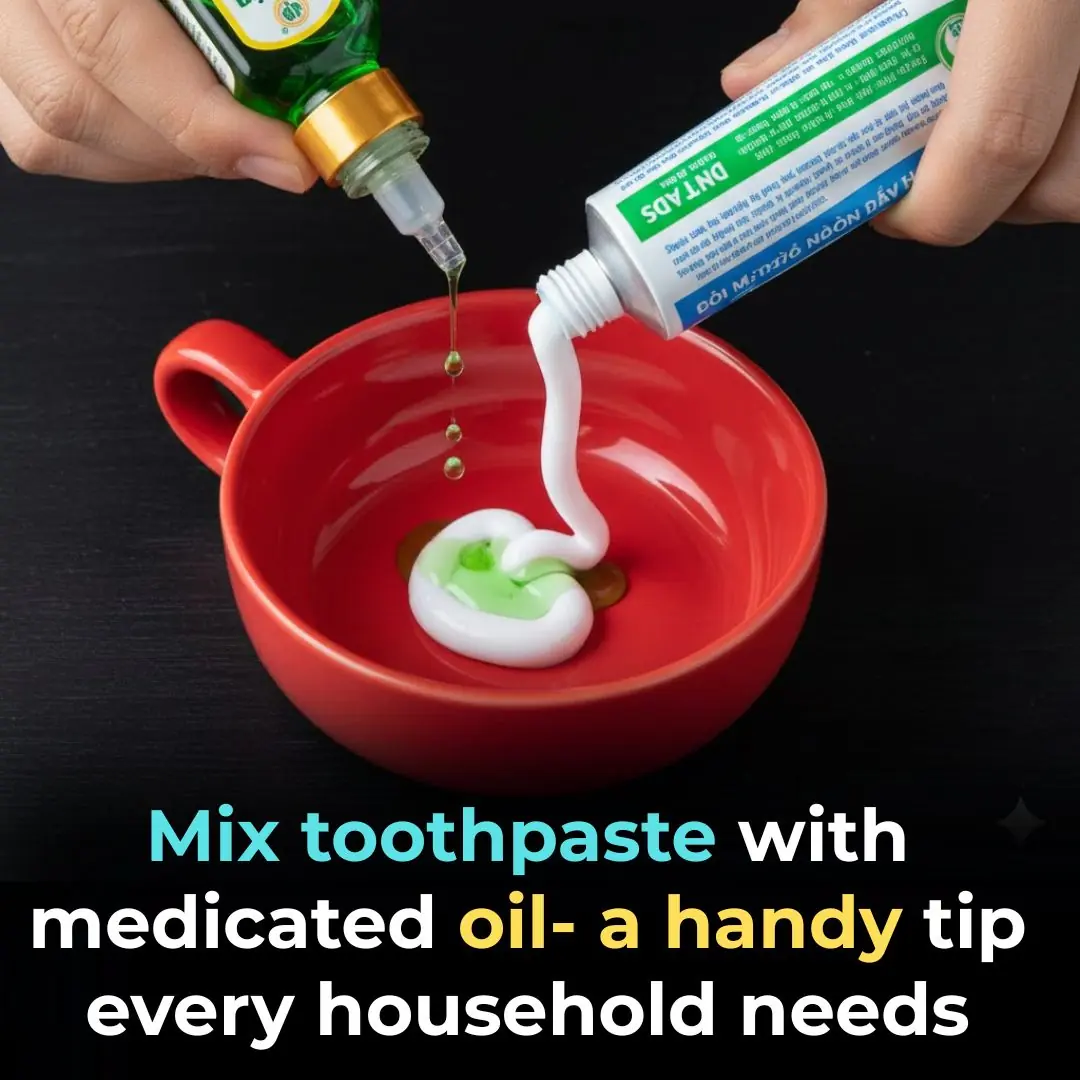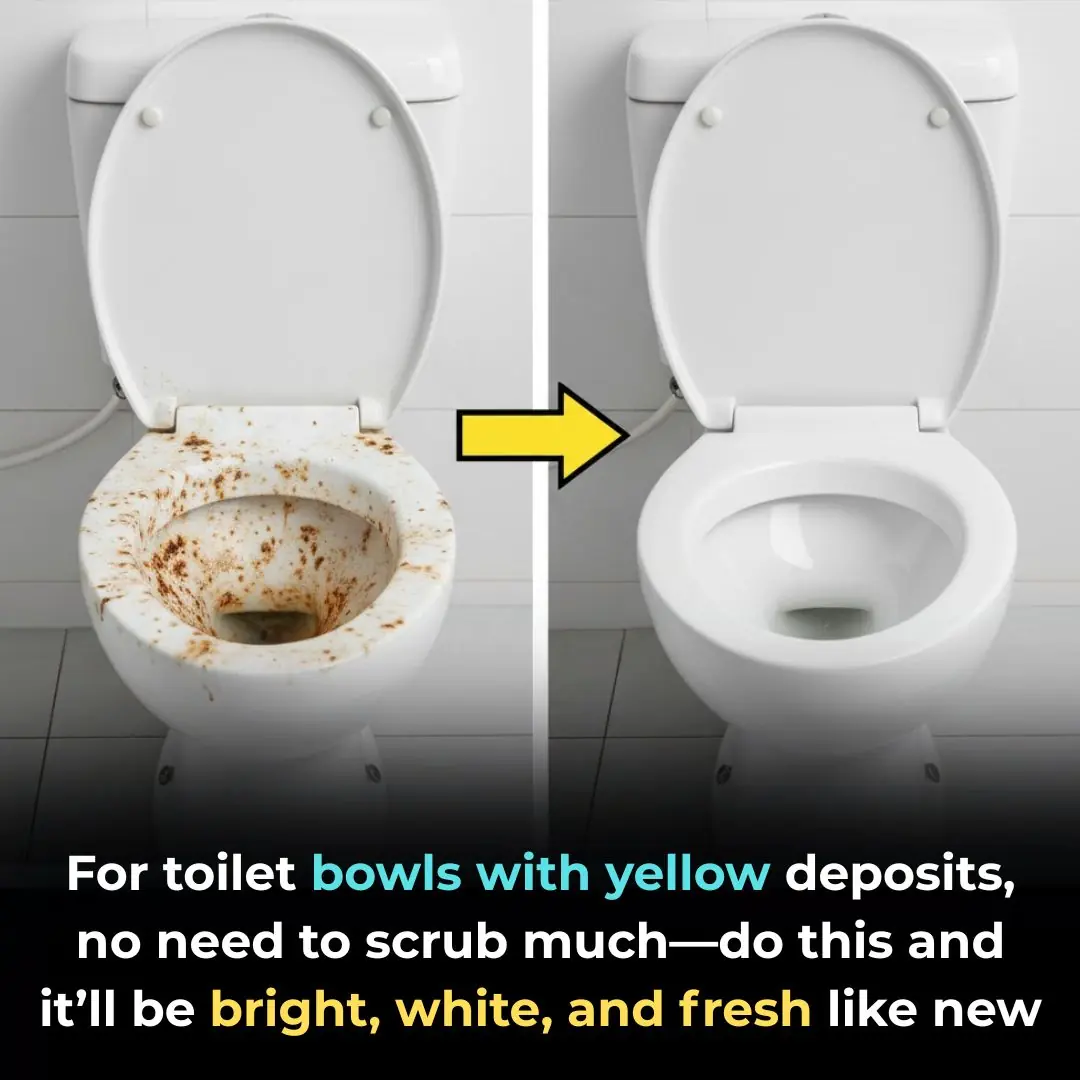
Electric Kettle Turning Yellow or Crusty Inside? Boil This — and It’ll Shine Like New Without Scrubbing
Over time, even the best electric kettles start to develop yellow limescale buildup — the hard, chalky deposits that form when mineral-rich water is heated repeatedly. Not only does this make your kettle look dull and dirty, but it can also affect water taste and reduce heating efficiency.
Fortunately, you don’t need harsh chemicals or heavy scrubbing to restore your kettle’s shine. With a few natural ingredients you already have at home, you can dissolve the buildup easily and safely.
Here are six effective, science-backed cleaning methods used by home experts and backed by chemistry.
1. 🍋 Clean With Lemon or Vinegar – Nature’s Power Duo
Both lemon juice and white vinegar contain natural acids — citric acid and acetic acid — that react with calcium carbonate, the main component of kettle limescale.
How to do it:
-
Fill the kettle halfway with water.
-
Add ½ cup of white vinegar or the juice of one lemon (you can also toss in a few slices).
-
Boil the mixture and let it sit for 15–20 minutes.
-
Pour out the water, then rinse thoroughly with clean water.
The gentle acidity breaks down limescale and mineral residue — no scrubbing needed.
🧪 According to the Good Housekeeping Institute (2022), acetic acid dissolves calcium deposits up to 90% faster than plain water, making vinegar one of the safest and most effective descalers.
2. 🥚 Use Crushed Eggshells – The Natural Scrubber
Eggshells contain calcium carbonate and have a slightly abrasive surface, making them perfect for loosening debris without scratching metal.
Steps:
-
Rinse and crush a few clean eggshells.
-
Fill the kettle halfway with water, add the crushed shells, and boil for about 10 minutes.
-
Swirl the mixture gently, then pour it out and rinse.
If buildup remains, repeat once more.
✅ Bonus tip: The gentle friction from the shells polishes stainless steel interiors, leaving the surface smooth and shiny.
3. 🧂 Brighten With Baking Soda (and Even Beer!)
Baking soda is a mild alkaline cleaner that neutralizes acid and breaks down organic residues.
Method:
-
Add 1 tablespoon of baking soda to the kettle, fill it with water, and bring to a boil.
-
Let the solution sit for 15 minutes before rinsing.
For an extra polish, you can mix baking soda with a small amount of beer (which contains carbonic acid and natural enzymes) and gently wipe the interior.
🧴 The Spruce (2023) notes that baking soda is an ideal choice for cleaning electrical appliances because it’s non-corrosive and safe to inhale — unlike chemical descalers.
4. 🥤 Use Carbonated Soft Drinks – Surprising but Effective
Got leftover soda? Don’t pour it out! The carbonic acid in carbonated drinks helps dissolve limescale — similar to vinegar but milder.
How to use:
-
Pour one can of soda (like cola or sparkling water) into the kettle.
-
Let it sit for an hour, or bring it to a boil for faster results.
-
Rinse thoroughly to remove sugar residue.
⚠️ Healthline Home Science (2022) advises using sugar-free carbonated water if possible, to avoid sticky buildup.
5. 🥔 Try Potato Peels – Grandma’s Eco-Friendly Trick
Potato skins contain oxalic acid, which reacts with mineral deposits and helps dissolve them naturally.
Directions:
-
Add fresh potato peels into the kettle, fill halfway with water, and boil for 10 minutes.
-
Discard the peels, pour out the water, and rinse with clean water.
Your kettle will be clean and odor-free — all with kitchen waste that would otherwise be thrown away.
6. 🌑 Activated Charcoal – For Odor and Residue Removal
Activated charcoal is a porous, adsorptive material often used in air and water purification. It can help absorb odors, metal ions, and residual chemicals inside the kettle.
Method:
-
Add a few small pieces of activated charcoal to water in the kettle.
-
Boil once, let it sit for 30 minutes, then discard the water and rinse.
It’s especially useful if your tap water has a metallic or chlorine taste.
🧽 Final Touches: Exterior Care and Safety Tips
-
Always unplug the kettle before cleaning.
-
Never immerse the electrical base or cord in water.
-
Wipe the outer surface with a soft, damp cloth and mild detergent if needed.
-
Avoid steel wool — it can scratch stainless steel or coating.
-
Empty leftover water after each use to reduce mineral accumulation.
⚡ Cleveland Clinic Home Safety (2023) reminds users that moisture around the electrical base is a common cause of short circuits — always ensure your kettle is fully dry before plugging it back in.
🌟 The Bottom Line
With just vinegar, lemon, or even potato peels, you can restore your electric kettle’s shine and performance — without expensive cleaning products or harsh chemicals.
These methods are eco-friendly, cost-effective, and scientifically proven to break down mineral buildup safely.
So next time your kettle turns cloudy or yellow inside — don’t reach for the scrub brush.
Just boil one of these natural cleaners, and watch it sparkle like new again. ✨
News in the same category


How to Perform First Aid for Stroke at Home — The Right Way to Save a Life

The Secret Trick Rice Weevils Fear Most — Add a Bit of “This” and Keep Your Rice Fresh All Year

Mix Toothpaste with Essential Balm Oil — The Viral Home Hack Everyone’s Talking About

Major airline cuts 800,000 seats as it scraps 24 flight routes

Top army general makes shocking admission about how he's using ChatGPT

Good News for Coffee Lovers: 6 Proven Benefits of Drinking Coffee in the Morning

Toilet Stained With Yellow Scale? No Heavy Scrubbing Needed — Try These Natural Tricks for a Sparkling, Fresh Bathroom

A Wild Vietnamese Fruit Sells for Nearly $120/kg in Japan — and It May Help Prevent Cancer

How to get into secretive dating app that Jennifer Lopez says she would never ever join

YouTuber undergoes intense 14 day journey to uncover secrets of most remote island in world

‘This Is Why They Mad’: Angel Reese’s Runway Debut Triggers Supporters to Clap Back After Trolls Claim Victoria’s Secret Has ‘Lowered Its Standards’

39 Year Old Dr. Jermaine Whirl Named President of Savannah State, Becoming Youngest HBCU President in History

A Dad Painted His Daughter as Mona Lisa and Her Reaction is Priceless

Former NASA Rocket Scientist Aisha Bowe to Make History as Crew Member on Blue Origin’s First All-Woman Spaceflight

21-Year-Old Yale Juniors Raise $3M in 14 Days for New AI-Powered Social Media App ‘Series’

11-year-old Philanthropist Gives Chicago Some California Love by Raising Over $60,000 for the Windy City’s Homeless

Megan Thee Stallion Brings Queen Latifah to Coachella for Shining Moment of Black Girl Magic

5 Essential Life-Saving Skills Every Child Should Learn Early
News Post

10 Foods That Help Reverse Fatty Liver Disease — Dietitians Recommend Adding Them to Your Daily Menu

How to Perform First Aid for Stroke at Home — The Right Way to Save a Life

The Secret Trick Rice Weevils Fear Most — Add a Bit of “This” and Keep Your Rice Fresh All Year

Mix Toothpaste with Essential Balm Oil — The Viral Home Hack Everyone’s Talking About

Major airline cuts 800,000 seats as it scraps 24 flight routes

Top army general makes shocking admission about how he's using ChatGPT

Good News for Coffee Lovers: 6 Proven Benefits of Drinking Coffee in the Morning

Toilet Stained With Yellow Scale? No Heavy Scrubbing Needed — Try These Natural Tricks for a Sparkling, Fresh Bathroom

A Wild Vietnamese Fruit Sells for Nearly $120/kg in Japan — and It May Help Prevent Cancer

Backlash Grows After Trump’s Dismissive Comment to Female Journalist

Scientists Just Won a Nobel Prize for Discovering How to Stop Your Immune System from Attacking You

What’s the Reason Behind Painting Trees White?

People Left Disgusted: Shocking Truth About How Crabsticks Are Made

The Golden Guardian: How One Dog’s Love Helped a Little Girl Heal

A Broken Heart Finds a New Home — The Little Elephant Who Learned to Love Again

Zosia’s Fight — The Little Lioness Who Refuses to Give Up

Stay With Michał — A Mother’s Fight for One More Tomorrow

A Cup of Tea, A New Friendship: How a Bus Stop Conversation Changed Two Lives.33
